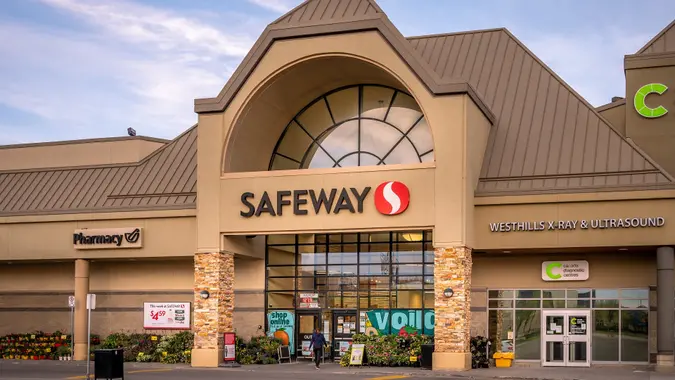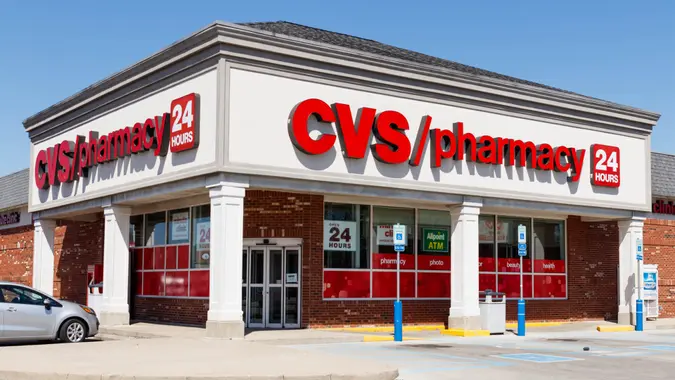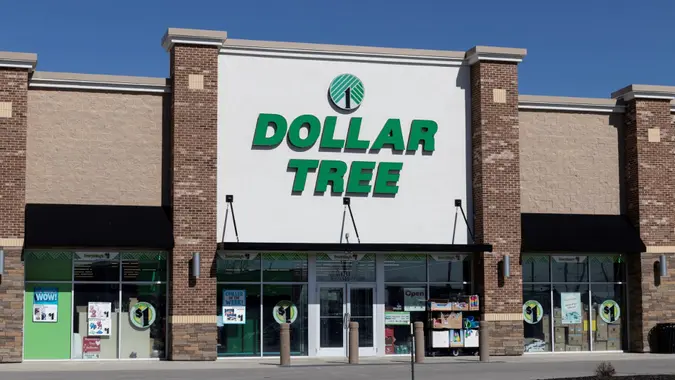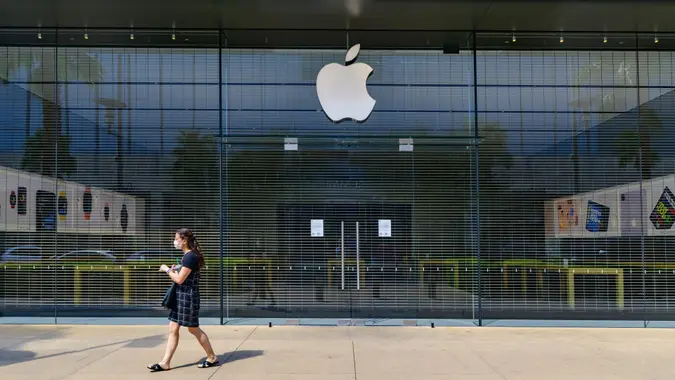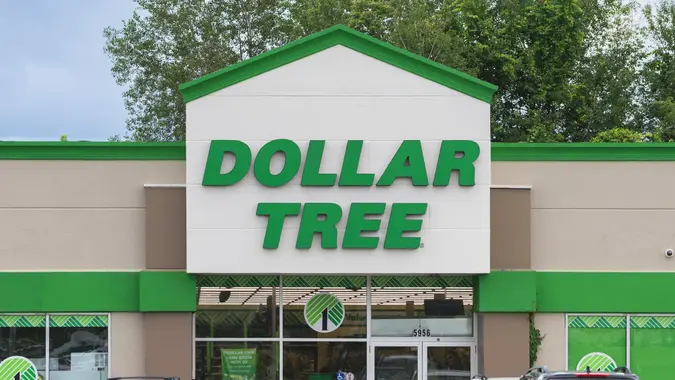Car Insurance Climbed 19% in 2023 and Prices May Get Worse — 5 Ways To Prepare

Commitment to Our Readers
GOBankingRates' editorial team is committed to bringing you unbiased reviews and information. We use data-driven methodologies to evaluate financial products and services - our reviews and ratings are not influenced by advertisers. You can read more about our editorial guidelines and our products and services review methodology.

20 Years
Helping You Live Richer

Reviewed
by Experts

Trusted by
Millions of Readers
Car insurance rates rose 19.2% in October 2023, the steepest increase since 1985, according to a study from insurance comparison service Jerry. CPI data reported by Forbes Advisor revealed that car insurance costs jumped 14.5% year-over-year. The national average cost for full coverage sits at $1,601 annually, according to Forbes Advisor.
Supply chain challenges, higher repair costs and more claims following the pandemic as workers returned to the office by way of congested highways — after not driving much for months — all contributed to higher insurance rates.
Jerry reported that more than half of drivers surveyed said rising insurance costs have forced them to cut back in other areas of their budget.
According to the data, Jerry indicated, it’s not likely the increases will stop or slow down this year.
These prices, coupled with increasing food and housing costs, could be leading America into what some experts call a car insurance crisis. “We are absolutely heading toward a car insurance crisis, and the results for Americans could be devastating,” Alex Beene, a financial literacy instructor, told Newsweek.
What’s worse, the tactics you used in the past to keep your rates low — such as keeping your driving record clean — may no longer keep you immune to rate hikes. Beene told Newsweek that he’s seen premium increases as high as 30%, even for drivers with no history of tickets or accidents.
However, there are some steps you can take to position yourself for these increases.
Evaluate Your Budget
The beginning of the year is a good time to look at your budget and decide where you may be able to cut spending. Put that money into a high-yield savings account, so you can tap into it if your insurance rates increase.
Pay Your Premium in Full
If you find enough ways to save money, you might be able to pay your premium in full for six months to a year, which could end up being a frugal move.
Increase Your Deductible
While it’s not ideal, increasing your deductible could substantially lower your insurance rate. However, make sure you have enough money in savings to offset the higher deductible in case of an accident.
Check Rates Before You Buy a New Vehicle
If you’re shopping around for a new or used car, make sure to consider insurance costs as well. Call your current insurer, as well as a few competitors, to compare insurance prices on the different makes and models of vehicles you’re considering. You want to make sure you can afford your new car payment, along with insurance.
Shop Around To Compare Car Insurance Rates
Whether you’re shopping your policy for your current car or a new vehicle, compare prices through at least three insurance companies to find the best deal.
And whatever you do, Beene advised, don’t cancel your policy if you’re keeping your car on the road. It’s not worth the risk.
“A good rule of thumb is to not let rising insurance costs cause you to completely drop your coverage, which is unfortunately the feeling it often triggers,” Beene told Newsweek. “Work with your insurance company to see where you cut down expenses, and, if all else fails, shop around to other providers.”
More From GOBankingRates
 Written by
Written by  Edited by
Edited by 





